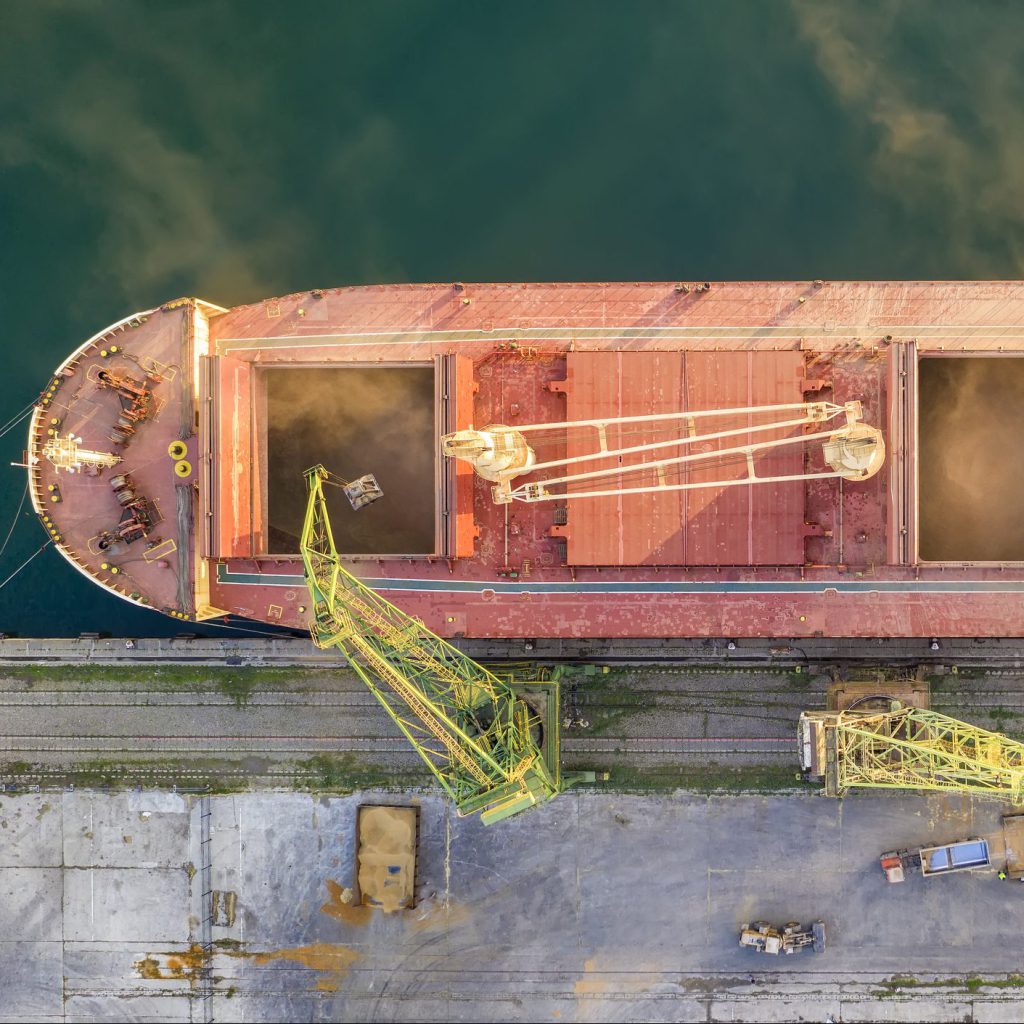Calculating the environmental impact of offshore catering
Calculating the environmental impact of offshore catering
Sustainability is becoming ever-more important in the offshore and shipping industry. Shipowners are increasingly asking their suppliers how the impact of their services can be reduced.

The Challenge
Measuring the environmental impact from supplying food and drinks to offshore and merchant navy ships across the globe.
Approach
We modelled the impact of the entire supply chain: from the production of food and drinks (including packaging), transportation from warehouse to port and ships, onboard storage (cooling and freezing) and disposal. We made this impact tangible by displaying the environmental impact for each ship (in ton CO2-equivalent per head of crew) and expressing this impact in terms of, for example, the number of flights from a to b and the average amount of water usage within a household.
To both facilitate discussions with clients and explore opportunities for optimization we built two dashboards. The first dashboard allowed for one ship to be compared to another ship, in addition to the fleet average and the market average. The second dashboard facilitated the calculation of various what-if scenarios for a single ship. The scenarios provide answers to questions like “what happens to the environmental impact if we reduce food waste (by efficient ordering)?”, “what happens if we change meat to vegetables?” or “what if we choose local suppliers?”.
Impact
Our tool supports the reduction of the environmental footprint caused by food catering.
